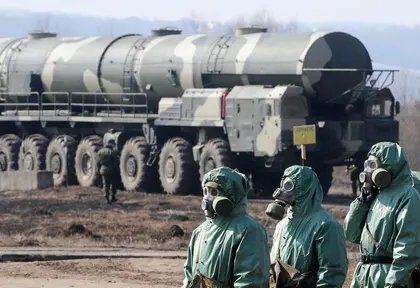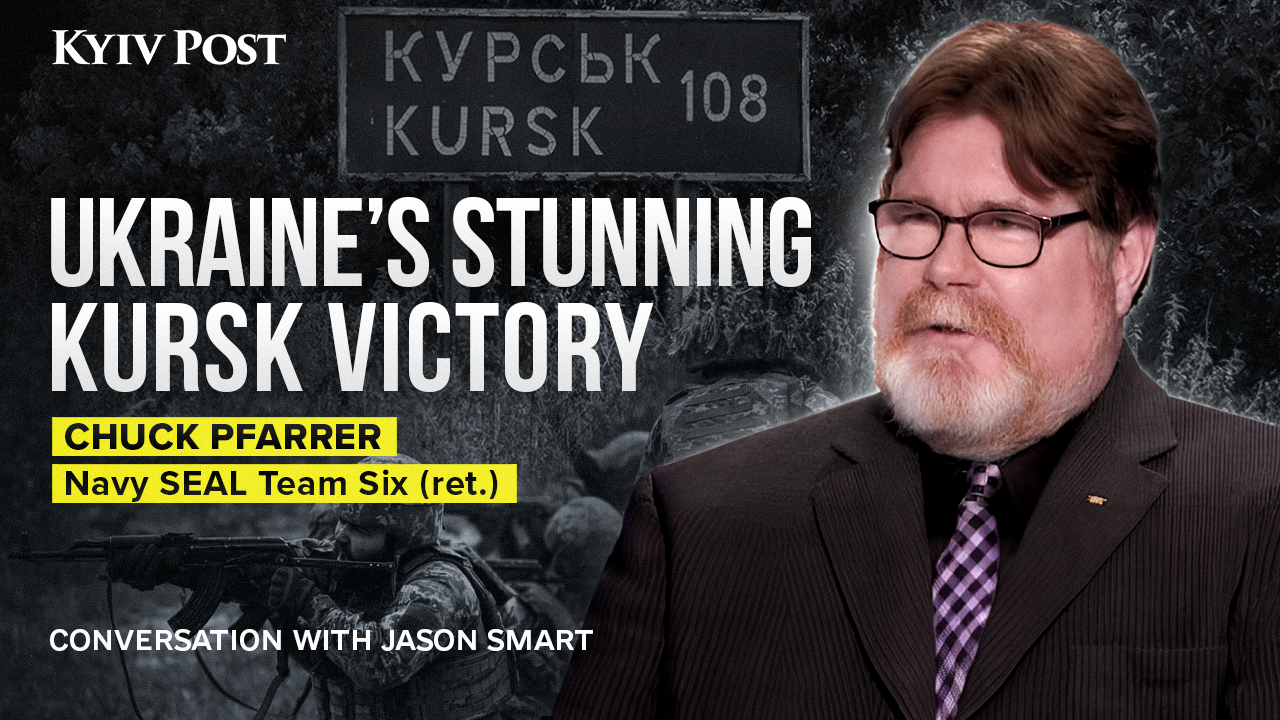NATO has announced the formal suspension of its participation in the 30-year-old Cold War-era treaty on arms limits in Europe after Russia finally pulled out.
The Treaty on Conventional Armed Forces in Europe (CFE) was concluded during the last years of the Cold War.
JOIN US ON TELEGRAM
Follow our coverage of the war on the @Kyivpost_official.
It was intended to establish limits on key categories of conventional military equipment held by all nations in Europe, from the Atlantic to the Urals.
It also included an obligation for each state party to it to identify and destroy excess weaponry.
The treaty was initially signed in 1990 by the then 16 NATO and six Warsaw Pact nations.
The treaty was ratified in 1992 by what was then 30 nations following the dissolution of the Soviet Union – the original signatories plus eight former Soviet Republics.
In 2007, Russia suspended its participation in the treaty. Then, in March 2015, Russia formally announced it was completely halting its participation, claiming NATO was in breach of the Treaty.
In May this year, President Putin issued a decree that Russia would withdraw from the CFE Treaty as “the US and its Allies were pursuing a military confrontation with Russia.”
The Kremlin finally announced at midnight on Monday it was fully withdrawing as it was in Russia’s “fundamental security interests.”
In response, the 31 NATO members issued a joint statement saying on Tuesday morning that, after consultations, the Alliance was formerly suspending its participation in the treaty saying: “A situation whereby allied state parties abide by the Treaty, while Russia does not, would be unsustainable.”

Eurotopiсs: Europe - How to Deal with Musk’s Meddling?
The NATO statement said that the Allies condemn Russia’s decision to withdraw. Its war of aggression against Ukraine was already contrary to the Treaty’s objectives and Russia’s withdrawal is another example of the systematic undermining of Euro-Atlantic security.
It went on: “Russia continues to demonstrate disregard for arms control, including key principles of reciprocity, transparency, compliance, verification, and host nation consent, and undermines the rules based international order.”
What was included in the CFE?
The principal features of the original Treaty were:
Treaty Limited Equipment (TLE): NATO and the former Warsaw Pact were each limited to 20,000 tanks, 30,000 armored combat vehicles (ACV), 20,000 heavy artillery pieces, 6,800 combat aircraft, and 2,000 attack helicopters divided among their respective “bloc” members.
Transparency: The parties agreed to allow inspections of 20 percent of holdings at regiment level and above – including storage, repair, and weapons destruction sites. More than 4,000 such inspections have been carried out.
TLE Zones: Permitted levels of weapons holdings were further refined with Western Europe being divided into four “Concentric Zones” radiating from the center with total limits in each and two “Flank Zones” on Europe’s northern and southern flanks to prevent an attempt to encircle either side. The latter was a concept Russia continually pushed against and was never in compliance with.
Temporary Deployments: Each country could temporarily exceed its TLE ceiling in tanks, ACV and artillery pieces for military exercises and temporary operational deployments. “Temporary” was not defined, but signatories were required to provide regular notifications before exceeding TLE ceilings.
Erosion of the CFE Treaty
The breakup of the Warsaw Pact and the expansion of NATO saw a need to modify the agreement in 1999 to update the treaty’s structure abandoning the old “bloc” and “zonal” and replacing them with national and territorial ceilings.
This was known as “the Adapted CFE Treaty.”
The US and its NATO partners would not ratify the new treaty until Russia demonstrated compliance with its new limits, including pledges by Russia to remove weapons and military forces from Georgia and Moldova.
In 2002, Moscow declared that it had met these new weapons limits, but another issue was that the accession to NATO of the Baltic nations and Slovenia. They were not party to the original treaty and could not join the adapted treaty until it entered into force.
In December 2007, Russia suspended its implementation of the CFE Treaty, stating it would not participate in treaty data exchanges, notifications, or inspections.
Attempts were made to overcome the impasse.
In 2010, the Obama administration prepared a draft “framework” to renew and strengthen the CFE Treaty regime which was abandoned in mid-2011, as Russia would not agree to the principle of host-country consent or to a resumption of compliance with the original treaty.
In response, Washington said it “would cease carrying out certain obligations” under the CFE Treaty with regard to Russia, saying the US “will not accept Russian inspections of our bases... and we will also not provide Russia with the annual notifications and military data called for in the treaty… [but] will continue to implement the Treaty and carry out all obligations with all States Parties other than Russia.”
Shortly before Russia’s illegal invasion of Ukraine, NATO and Russia exchanged arms control proposals in which Russia demanded that NATO should not deploy forces in the territories of NATO members who joined post-1997 and that NATO refrain from further enlargement.
Some saw this as an attempt to justify the February 2022 full-scale invasion of Ukraine.
What does it mean for Ukraine?
In absolute terms both Ukraine and Russia were already in contravention of the TLE levels they had committed to in the CFE agreements as the war continues and will continue to be in the foreseeable future.
Similarly, if the CFE requirements were strictly applied to those Eastern nations that have accepted increased levels of deployed NATO troops on their territory, in response to Russian aggression, they too would be in violation of their obligations.
One area that might offer some comfort to Ukraine is in long-range conventional missiles and rockets.
The CFE limits the maximum range of such weapons. While abiding by that CFE-imposed limitation is not the main reason the US and others have been reluctant to provide them to Ukraine – the suspension of the treaty could encourage them to think again in respect of the longer range weapons such as the US ATACMS and German Taurus cruise missiles.
You can also highlight the text and press Ctrl + Enter






